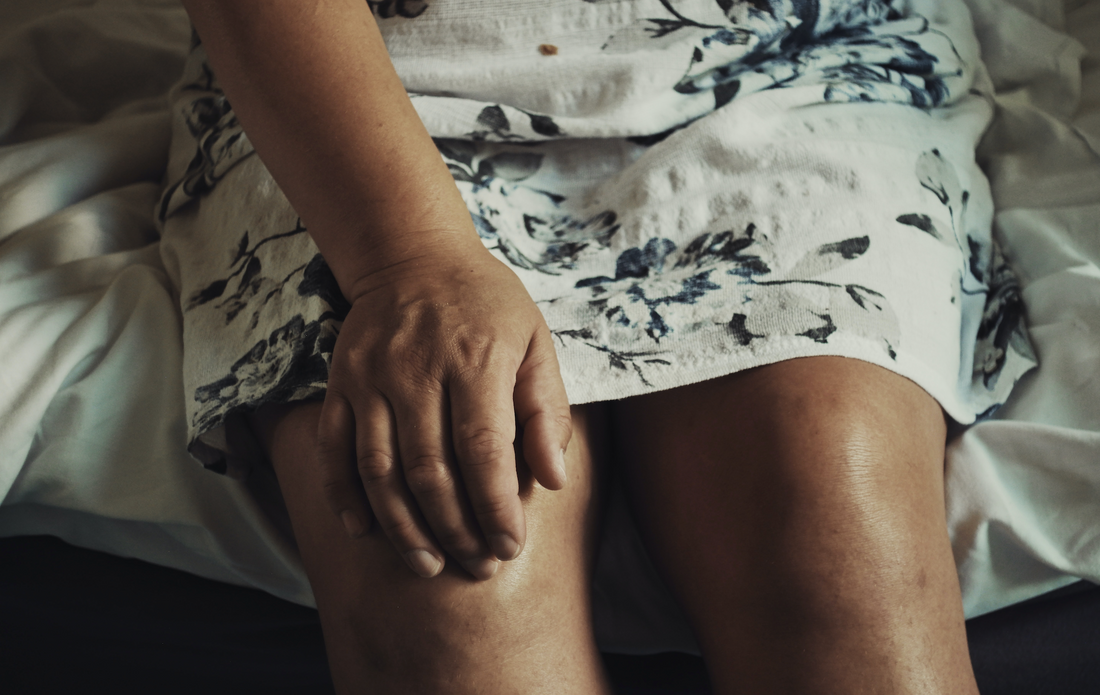Lately, we’ve seen a recurring scenario at VanCity Physio: clients struggling with persistent inner knee pain. For many, this discomfort began subtly, often after taking up long hours of walking when regular gym access became challenging. What started as mere "irritation" lingered for months, progressively worsening until it demanded attention.
The typical story goes like this: mornings might bring a little stiffness that improves with movement and a hot shower. Sitting usually doesn’t hurt, but walking tends to aggravate the pain, with walking downstairs often being the most painful activity. Curiously, walking upstairs, while uncomfortable, is manageable. Crucially, these clients often have full knee range of motion and only slight tenderness around the joint. This is a classic "clinical picture" of inner knee pain that we see and successfully treat.

Unpacking the Pain: The Biomechanical Puzzle
When assessing these cases, our physiotherapists, including our very own Ranko Vukovic, observe some key factors that paint a clear biomechanical picture:
-
Knocked Knees & Inward Kneecaps: In standing, there's a tendency for the knees to fall inwards (genu valgum), with kneecaps often facing slightly inward.
-
Foot Arch Collapse: High foot arches may collapse inward, leading to an inward rotation of the shin bone.
-
Compensatory Hip Rotation: To balance this internal rotation lower down, the hip often compensates by rotating outwards.
This entire chain reaction creates a rotational stress on the knee. This continuous, abnormal twisting motion can irritate the medial meniscus, the crucial C-shaped cushion on the inner side of the knee that acts as a shock absorber. With increased weight-bearing and activity like walking, this irritation escalates into pain, significantly impacting daily life.
Our Approach: Five Pillars to Pain Relief
In these cases, we employ a very straightforward yet highly effective treatment strategy. While all methods are important, the last one, education, often proves to be the most pivotal for long-term success.
-
Manual Therapy for the Knee: Targeted hands-on techniques are used directly on the knee joint to increase movement and decrease irritation.
-
Soft Tissue Releases: We perform specific releases on the muscles surrounding the knee, such as the hamstrings and quadriceps, to alleviate tension and improve muscle balance.
-
Specific Strength Exercises: Tailored exercises are prescribed to strengthen the muscles around the knee, improving support and stability.
-
GUNN IMS + Electrical Modalities: Intramuscular Stimulation (needling) combined with electrical modalities can be used to address stubborn muscle tightness and pain points.
-
Education (The Game Changer): This is where clients truly gain control over their symptoms. We teach crucial principles:
-
Kneecap Alignment: Intentionally keeping kneecaps in line with the second toe and ensuring knees stay behind the toe line during movements like walking, running, squatting, and sit-to-stands. This actively prevents that "knocked knee" collapse.
-
Foot Arch Support: Preventing the flattening or collapse of the foot arch is vital. This often means ensuring you're wearing shoes with appropriate arch support. We recommend visiting a shoe specialty store for expert fitting and guidance on quality insoles, as "no single foot is the same." (And remember a common mistake: always remove old insoles before putting new ones in!)
-
In many cases, applying these principles, particularly the biomechanical education, leads to significant improvement. Our clients have successfully controlled their pain and managed their knee symptoms in under 10 days!
Beyond Inner Knee Pain: A Holistic View of Knee Health
While biomechanical imbalances are frequent culprits behind inner knee pain, it's essential to recognize that the knee can be affected by a wide range of issues, from simple irritations to more acute and complex injuries. For instance, severe knee incidents like ligament tears (e.g., ACL tears) involve different symptoms and require specialized, intensive rehabilitation. If you're looking for comprehensive information on such acute knee injuries, including insights into their causes, diagnosis, and the journey to recovery, we encourage you to explore our Comprehensive Guide to ACL Injuries and Physiotherapy. No matter the cause of your knee pain, understanding your body and seeking professional guidance are your strongest tools.
Take the First Step Towards Relief
If you're suffering from inner knee pain, start by trying the education tips (point #5). If your pain persists, don't hesitate. Hop on a virtual call with us or come in for an in-person assessment. We won't disappoint!
Book a consultation today: https://vancityphysio.janeapp.com/
Follow us on Instagram for more information: VanCity Physio (@vancityphysiotherapy)


